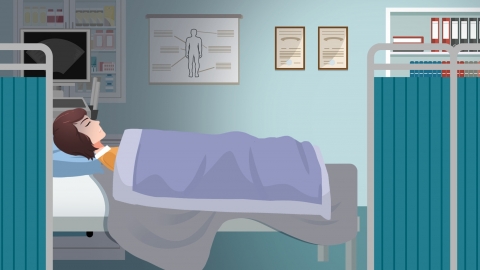What are the main nursing measures for the stage of stasis erythema in pressure ulcers?
Major nursing measures for the stage of pressure ulcer with blood stasis and erythema include regular turning to relieve pressure, protecting local skin, improving local blood circulation, adjusting body position and support, and enhancing nutritional intake. If the local skin becomes broken, the redness and swelling expand, or pain worsens, prompt medical consultation at a dermatology or rehabilitation department is recommended.

1. Regular turning to relieve pressure: Turn the patient every 1–2 hours to prevent prolonged pressure on any single area. Perform movements gently during turning, alternating between supine and lateral positions. Use turning pillows if necessary to reduce pressure on vulnerable areas.
2. Protecting local skin: Keep the skin over pressure-prone areas clean and dry, avoiding friction and moisture irritation. Gently wipe with lukewarm water during cleaning—never rub vigorously. Choose soft, breathable clothing and bed linens to minimize skin abrasion.
3. Improving local blood circulation: Gently massage the skin surrounding the pressured area using circular, clockwise motions with the fingertips. Perform each session for 5–10 minutes, 2–3 times daily, to promote local blood flow, but avoid massaging directly over red, swollen, or congested regions.
4. Adjusting body position and support: Use supportive devices such as soft pillows or air mattresses to elevate body parts prone to pressure (e.g., buttocks, ankles), suspending pressured areas to distribute body weight and reduce sustained local pressure.
5. Enhancing nutritional intake: Provide patients with protein- and vitamin-rich foods such as eggs, milk, and fresh fruits and vegetables to strengthen skin resistance and tissue repair capacity, supporting recovery of damaged skin tissue.
In daily care, maintain a clean and well-ventilated living environment for the patient, regularly change bed sheets and bedding covers, monitor the condition of pressure-prone skin areas, document changes in redness and swelling, and adjust nursing strategies according to the patient’s physical condition to ensure scientific and effective care.




